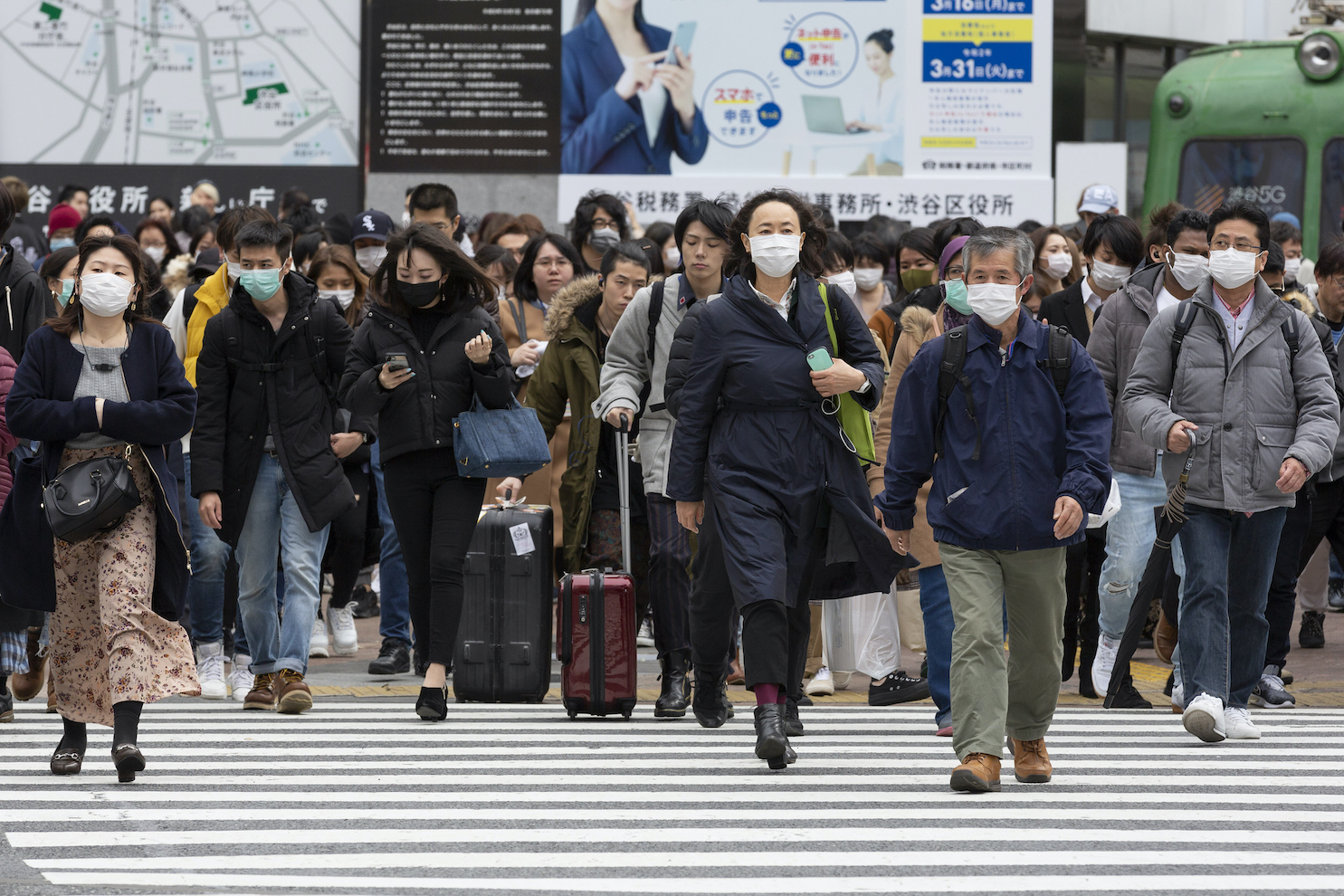Details on Japan’s COVID-19 ¥100,000 Payment to Every Resident: How to apply resources.realestate.co.jp
posted by
 AkihabaraBot
|
5 years, 6 months ago
AkihabaraBot
|
5 years, 6 months ago

In each of these cases, the “household” would have received ¥300,000, but under the new plan, the payment is ¥100,000 per resident.
This means, for example, that a single person with reduced income, would receive only ¥100,000, not ¥300,000 as originally intended.
Reduced income households with two parents and a single child, however, would still receive ¥300,000 (¥100,000 per person), so the amount of the cash subsidy would not change.
The government has said that the purpose of the cash subsidy is to help support people’s livelihoods.
A. Japan will issue deficit-financing bonds to cover the approximately 12.6 trillion yen require to make a ¥100,000 payment to each of Japan’s approximately 126 million residents.